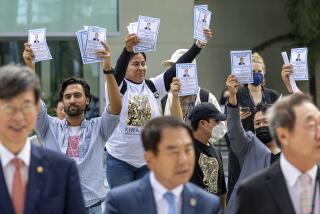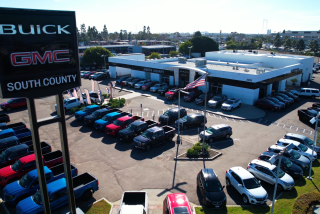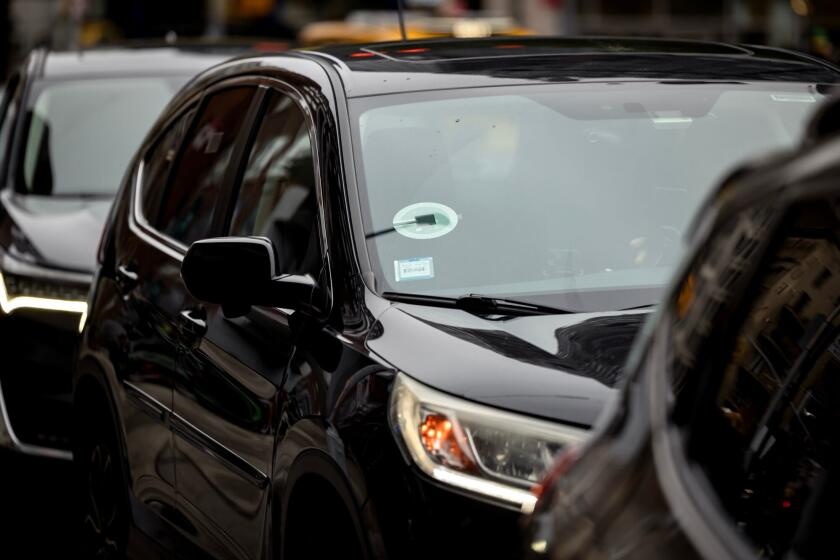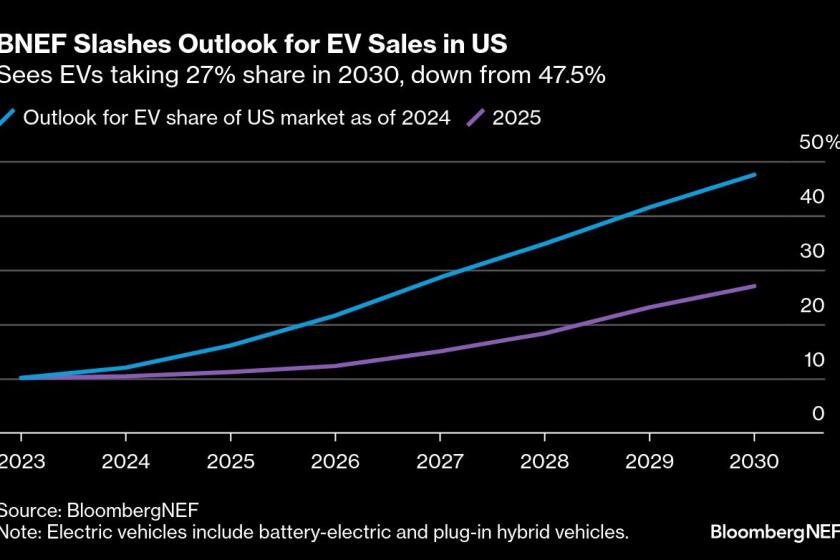THE PACIFIC : Hyundai Looking to Revive Sales in U.S. : Trade: Rushing into the American market was an error, the company says.
- Share via
SEOUL — Hyundai Motor Co. has started on what it acknowledges will be a long road back to winning the confidence of American car buyers.
The South Korean auto maker, which astounded the United States in 1988 by producing the best-selling import of the year, said that for now it is content with a much-reduced share of the U.S. market while it works to improve its vehicles.
“I don’t think there is a quick remedy,” said Kim Noe Myong, Hyundai’s export director. “We will continue to improve the quality of our products and emphasize the improvement of customer satisfaction.”
As one of Korea’s Big Three auto makers, Hyundai can afford to be patient in rebuilding exports to the United States, because it is doing exceedingly well in other export markets. In fact, the value of Korean auto exports is expected to rise nearly 50% this year, compared to an expected 8% growth in the overall value of Korean exports.
In other markets, Korean cars do not have the poor image they have in the United States.
Kim said Hyundai--along with South Korea’s other big auto makers--erred by rushing into the U.S. market in 1985, before it was ready for the big time.
Hyundai and the others, Daewoo and Kia, began large-scale exports to the United States before they exported cars to anywhere else.
Kim said Hyundai took the plunge because it feared that friction between the United States and Japan over autos would incite Washington to impose import quotas on all Asian cars. The Koreans didn’t want to be shut out of the market they considered the most important, he said, “so we hurried to send out our products, and pursued a volume-oriented approach.”
The initial success, which surprised even Hyundai, was due to its cars filling a niche at the low end of the U.S. market. The least expensive small cars then available, made by the Japanese, were selling for about $8,000. Hyundai’s Excel was priced at $4,999.
“Suddenly, customers flocked to Hyundai,” Kim said.
After 300,000 cars were sent to the U.S. in 1988, Hyundai’s U.S. exports crashed. The total was 75,000 last year, but sales were about 108,000, thanks to inventory carried over from 1991. For 1993, exports are expected to rise to just 90,000 and sales to about 110,000.
Among the reasons for Hyundai’s export slide was the disappearance of the Korean cost advantage. When Hyundai began exporting, the exchange rate was 890 won to the dollar, an all-time low for the Korean currency. The won began appreciating in 1987; its value rose 31% in two years and most of the early price advantage was wiped out, Kim said.
At about the same time, he said, Americans “came to realize that all Asian cars are not like Japanese cars. Consumers had expected that a Hyundai would be like a Japanese car,” Kim said.
Consumer Reports magazine, among others, put Hyundai’s cars in the category of the much-derided Yugo--a Yugoslav car no longer sold in the United States--and it has been a downhill ride ever since for all of the Korean Big Three.
Before the bubble burst, total Korean car exports to the United States were widely expected to reach 500,000 annually. But last year they amounted to 119,500, and the number is expected to fall this year to 110,600, according to the Korean Auto Manufacturers Assn. Hyundai currently has only about 1.3% of the U.S. market.
Hyundai has made progress in the quality of its cars and will continue to do so, Kim said. The company has also re-emphasized a long-term commitment to the American market by supplying U.S. dealers with four models, instead of the one model it initially exported.
But the struggle to overcome an image of poor-quality products promises to be a long one, Kim acknowledged. “The perception gap is the worst problem we face in the United States,” he said.
Elsewhere, Kim said, image is not a problem. This year, despite the loss of a month’s production because of a strike, Hyundai expects its overseas sales to expand 16% to 330,000 cars, he said.
Growth in auto exports to Asia, the Middle East and South America has been the most spectacular.
“These countries can’t afford expensive cars. Korean cars fit their needs. And for the price, Korean cars are not (as) bad” as Americans think, said Kim Cha Jung, a spokesman for the auto makers association.
Kim So Rim, manager of the auto makers group’s international cooperation department, noted that Korean car sales in Western Europe are holding their own even though the overall market there has shrunk 20% this year. Improved quality is the major reason, he said.
Increased production has helped the Korean car quality, analysts say. A decade ago, the industry produced only 200,000 vehicles a year.
This year, production is expected to exceed 2 million units--nearly half of them Hyundais.






